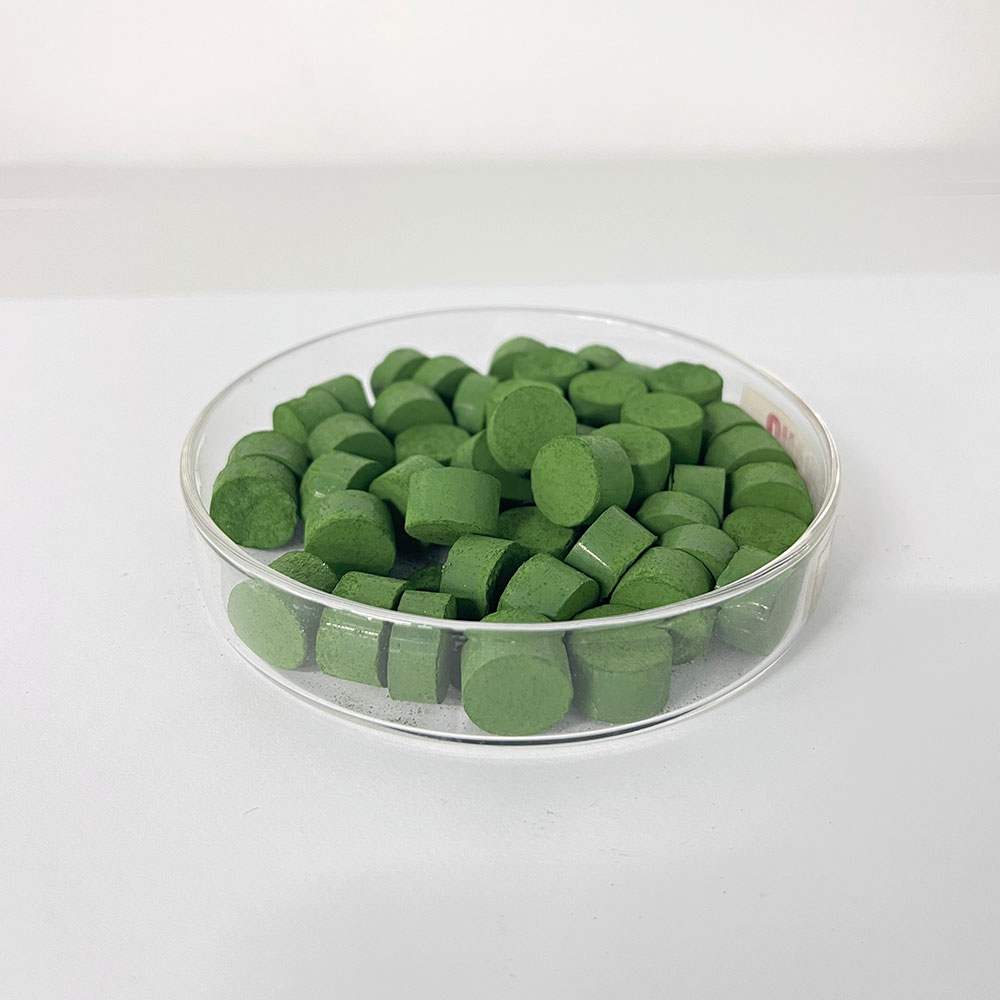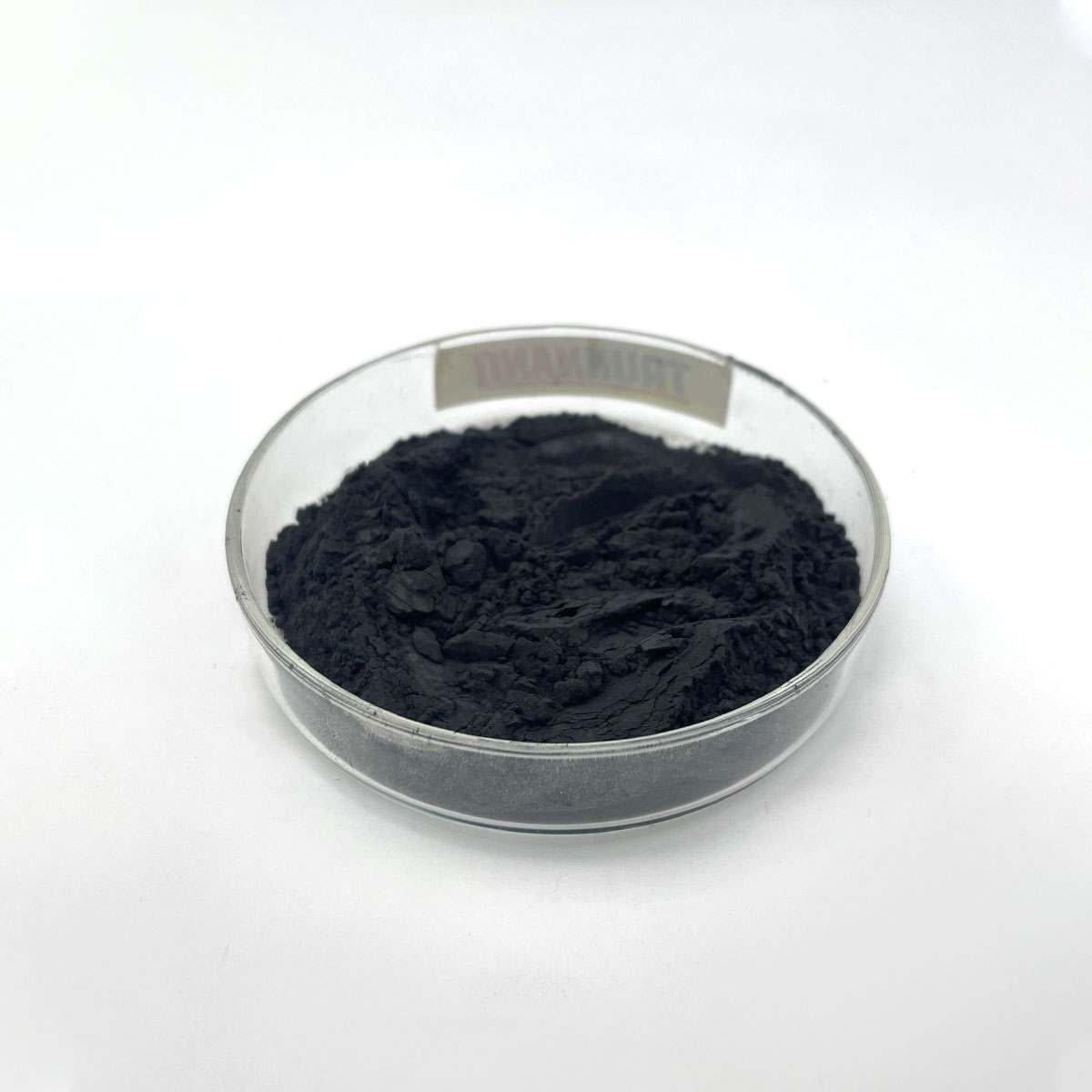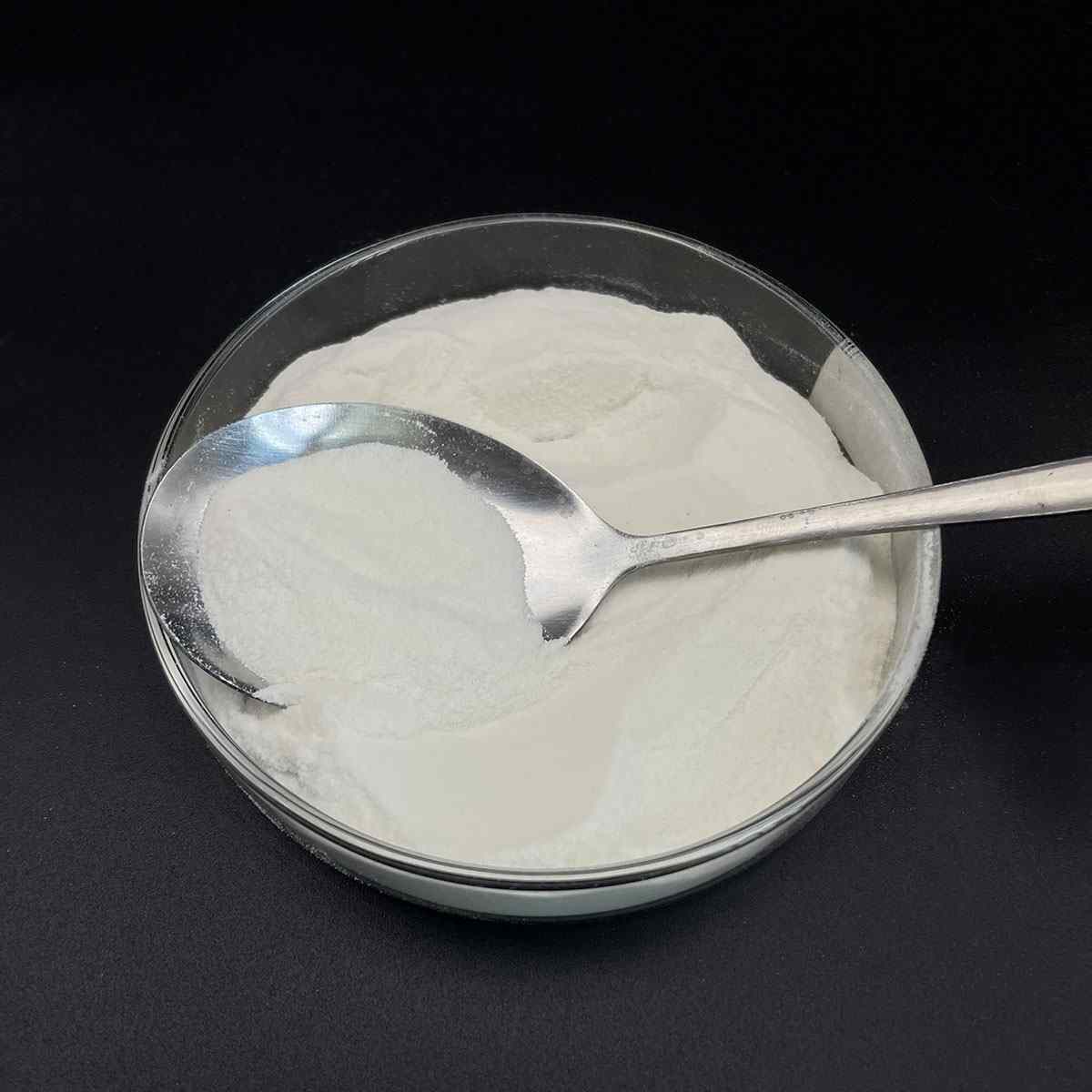Overview of P type Bismuth telluride doped Antimony CAS No. 1304-82-1 99% less than 1 micron P Type doped Antimony Bi2Te3 powder
Telluride and selenide compounds play a significant role in the field of semiconductors, particularly in the development of advanced electronic and optoelectronic devices. These materials belong to the chalcogenide family, characterized by their ability to form compounds with elements from groups IV-VI in the periodic table.
Tellurides: Compounds containing tellurium (Te) as the chalcogen. Examples include cadmium telluride (CdTe), mercury telluride (HgTe), and zinc telluride (ZnTe). These materials have found applications in solar cells, infrared detectors, and high-speed electronics due to their tunable bandgap, high electron mobility, and good thermal stability.
Selenides: Similar to tellurides, but with selenium (Se) replacing tellurium. Notable examples are cadmium selenide (CdSe), gallium selenide (GaSe), and zinc selenide (ZnSe). Selenide compounds are widely used in light-emitting diodes (LEDs), laser diodes, and solar cells due to their direct bandgap properties and efficient light absorption/emission capabilities.
Feature of P type Bismuth telluride doped Antimony CAS No. 1304-82-1 99% less than 1 micron P Type doped Antimony Bi2Te3 powder
Direct Bandgap: Many telluride and selenide semiconductors have direct bandgaps, which facilitate efficient light emission and absorption processes. This makes them suitable for optoelectronic applications such as LEDs and lasers.
Tunable Bandgap: The bandgap of these materials can be adjusted by alloying or altering the composition (e.g., CdSe to CdTe), enabling customization for specific device requirements across a wide spectrum of wavelengths.
High Electron Mobility: Materials like HgCdTe exhibit high electron mobility, which is crucial for high-speed electronic devices and low-noise detector applications.
Thermal Stability: Some tellurides and selenides, like ZnTe and ZnSe, demonstrate good thermal stability, making them suitable for high-temperature operation and processing.
Non-Toxic Alternatives: With increasing environmental concerns, there’s a push towards exploring less toxic alternatives to commonly used semiconductors. For instance, Cd-based tellurides and selenides are being replaced or combined with less toxic elements like Mg or Mn in some applications.

(P type Bismuth telluride doped Antimony CAS No. 1304-82-1 99% less than 1 micron P Type doped Antimony Bi2Te3 powder)
Parameters of P type Bismuth telluride doped Antimony CAS No. 1304-82-1 99% less than 1 micron P Type doped Antimony Bi2Te3 powder
Bismuth Telluride (Bi2Te3), a promising material in the field of thermoelectricity and optoelectronics, is a semiconductor with unique properties that make it suitable for various applications. When doped with elements like Antimony (Sb), it enhances its performance by altering its electronic structure. In this case, we are discussing P-type doping, which introduces a surplus of holes, the positively charged carriers, in the crystal lattice.
CAS Number 1304-82-1 refers to pure Antimony, a chemical element that is commonly used as a dopant for Bi2Te3. The 99% purity ensures a high-quality material, minimizing impurities that could affect the device’s efficiency. The particle size specified as less than 1 micron indicates that the Antimony-doped Bi2Te3 powder has particles ranging from nanometers to micrometers, providing an optimized balance between surface area and bulk properties.
P-type doping involves substituting some Bi atoms in the Bi2Te3 crystal lattice with Sb atoms. This substitution creates an imbalance in the number of valence electrons, resulting in a positive charge surplus at the dopant site. As a result, the neighboring atoms have fewer electrons to share, making it easier for holes to move through the material. This property is crucial for thermoelectric devices, where the ability to convert temperature differences into electrical voltage is sought after.
The thermoelectric figure of merit (ZT) is a key parameter that evaluates the efficiency of a thermoelectric material. A higher ZT value indicates better performance. Doping with Antimony can improve ZT by increasing the Seebeck coefficient, which measures the voltage generated per temperature difference, and reducing thermal conductivity, a measure of heat dissipation. However, achieving optimal doping levels is essential to prevent excessive scattering of charge carriers, which would negatively impact the efficiency.
In addition to its thermoelectric properties, P-type doped Antimony Bi2Te3 can find applications in solar cells, where it acts as a transparent conducting oxide (TCO) layer, allowing light to pass through while maintaining conductivity. It can also be utilized in infrared detectors and optoelectronic devices due to its direct bandgap, enabling efficient absorption and emission of photons.
The synthesis of this material typically involves techniques such as solid-state reactions, vapor transport, or molecular beam epitaxy, depending on the desired properties and scale of production. Post-synthesis treatments, like annealing, can further optimize the doping level and crystal quality.
In summary, P-type doped Antimony Bi2Te3 (CAS No. 1304-82-1) with a purity of 99% and particle size less than 1 micron is a high-quality material with enhanced thermoelectric performance due to the introduction of holes. Its versatile properties make it suitable for applications in thermoelectric generators, solar cells, and optoelectronic devices, with potential for future advancements in energy conversion and sensing technologies.

(P type Bismuth telluride doped Antimony CAS No. 1304-82-1 99% less than 1 micron P Type doped Antimony Bi2Te3 powder)
FAQ of Semiconductor Materials
Inquiry us






